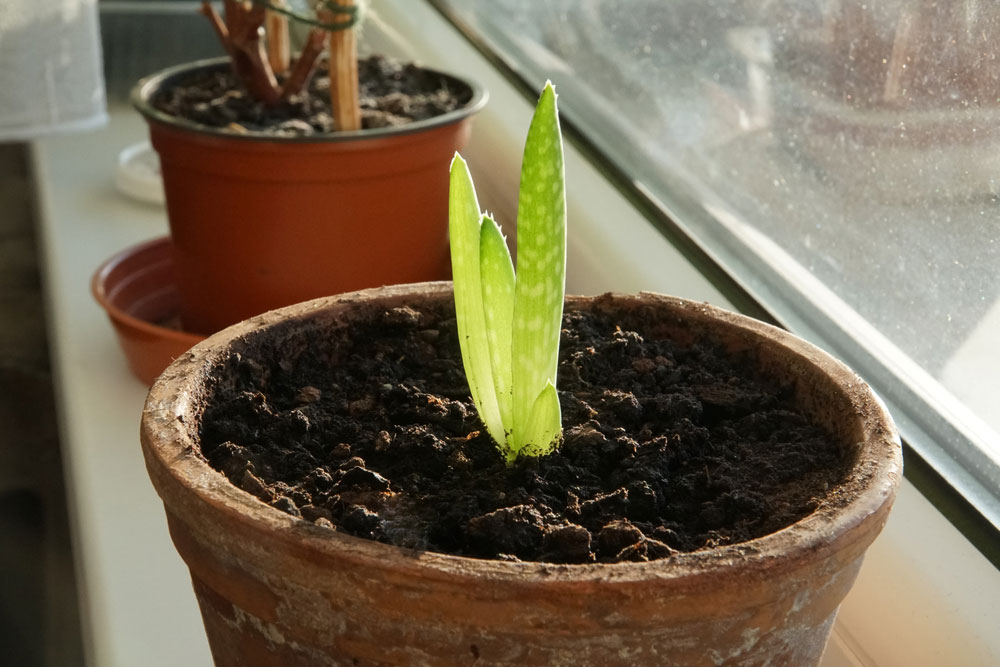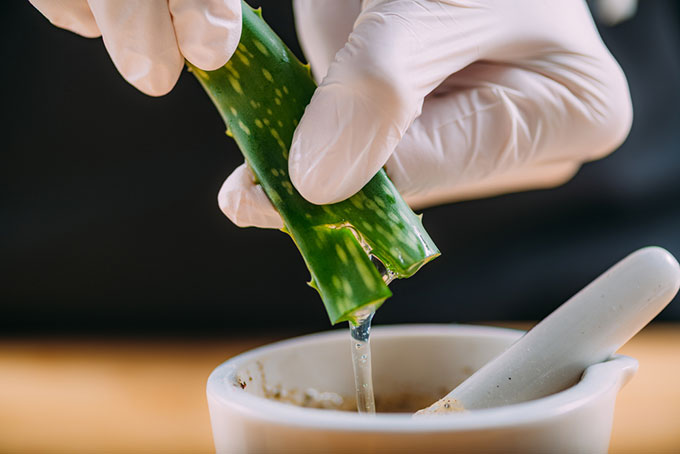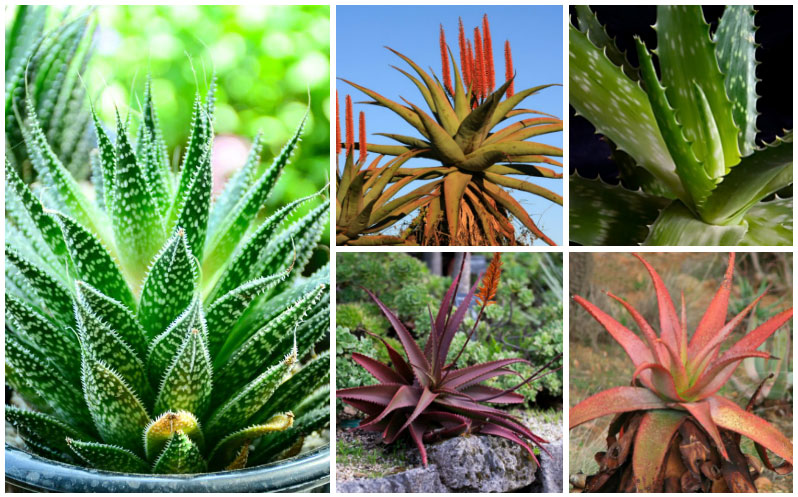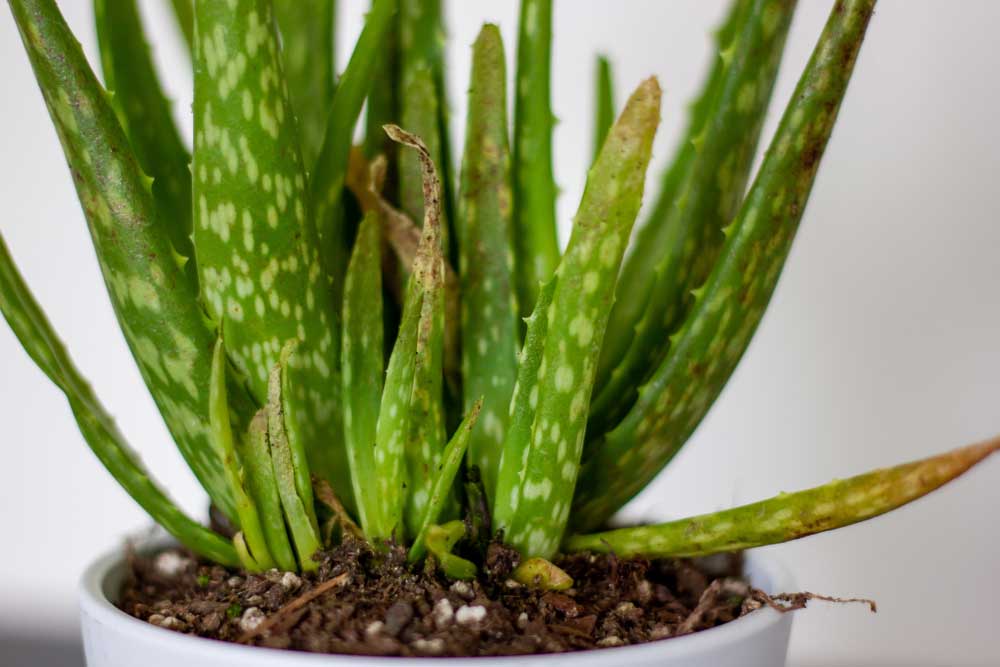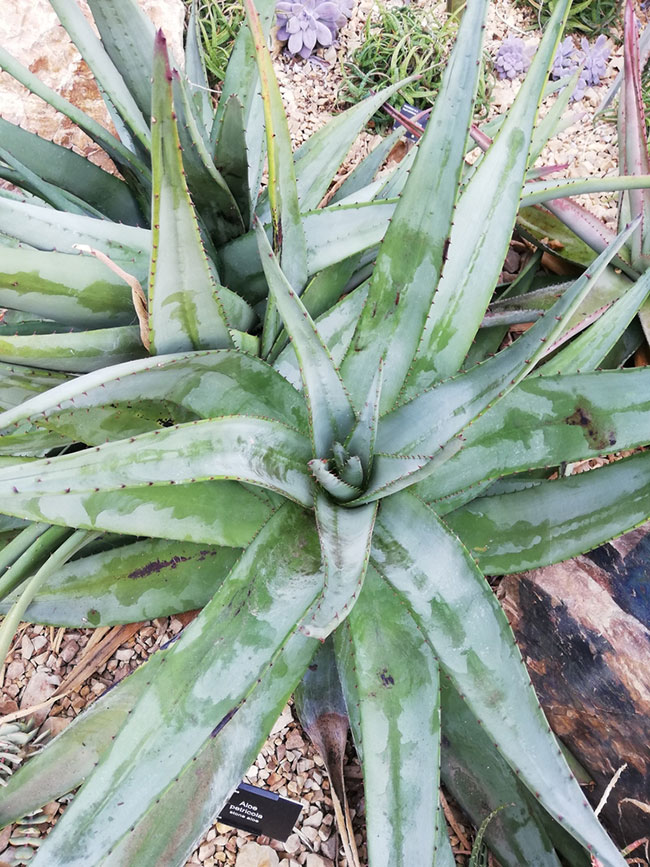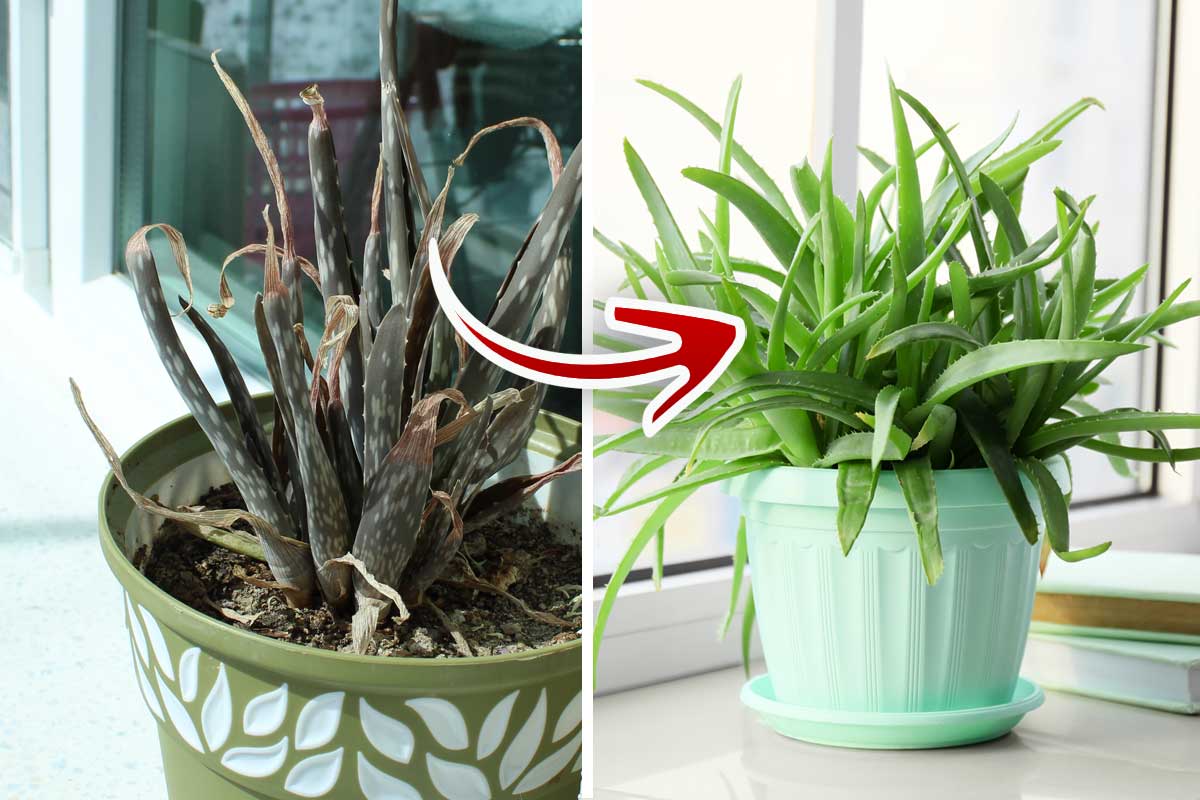
Aloe Vera has healing properties. You can break off pieces of it and use it as an accelerate for the healing process. It’s also been shown to relieve constipation.
And some people just like the appearance of it. However, to receive all the benefits of this plant, it helps to grow a thick, hardy plant.
Here’s how:
Watering Instructions
Improper watering techniques can cause your aloe vera to become thin.
With that being said, they’re a drought-resistant plant.
Once they don’t have enough hydration, they use the reserve inside the leaves, causing them to lose their fullness and look spindly.
As a general rule, you should let your plant dry out completely in between watering. It helps to let them remain dry for a period before watering again.
At this point, the plant becomes thirsty and will absorb the water well.
These plants don’t like getting watered on a schedule. Instead, you should test the soil by using a moisture meter.
You may use your finger, too. Push it about two inches into the soil. The first two inches from the top should dry out completely. If it’s still damp, don’t water it.
When you water it, let the water start flowing out the drainage holes before you stop. This ensures all of the soil will be moist throughout the entire pot.
Sunlight Recommendations
Aloe vera falls into the category of a succulent. This means they’re fleshy plants that have adapted to allow them to store water. Often, these plants naturally grow in dry areas, such as deserts and semi-deserts. This means they require sunlight to grow and thrive. If you don’t give them enough sunlight, they’ll develop thin leaves.
Generally, your aloe vera needs between six and eight hours of direct sunlight. It’s best to place your plant in direct sunlight from the early morning until noon. Be certain to move the plant at noon because the harsh sun at this time could burn the leaves.
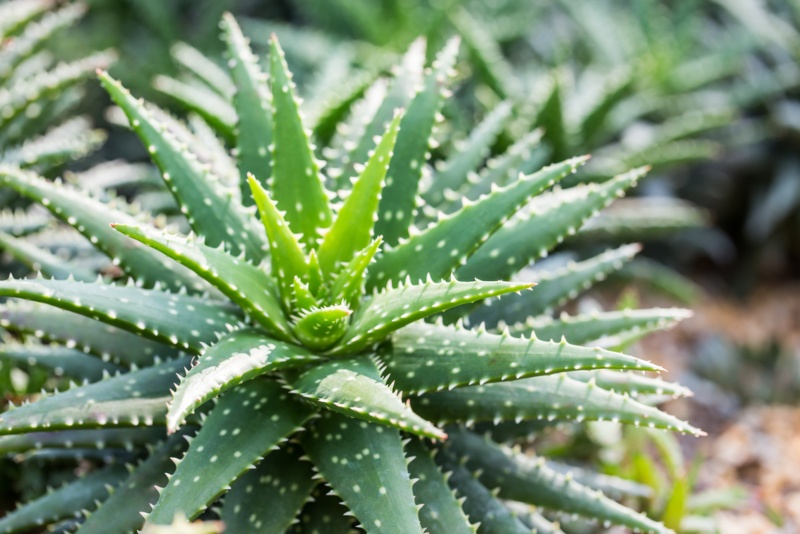
If you don’t have time or aren’t home to remove your plant and it’s outside, consider using a shade net. You can then leave it outside in the sun all the time.
Rotate Your Plant
If you leave your plant in one position at all times, only one side gets a majority of the sun. That side will then thrive more than the other. For this reason, you should rotate a few times per week so both sides have an opportunity to get sunlight. This is especially true in the summer.
Continuously Repot Your Aloe Vera
Your Aloe Vera needs the right size pot for it to grow correctly and become and remain a healthy plant. In general, your pot should be three times the size of the root ball.
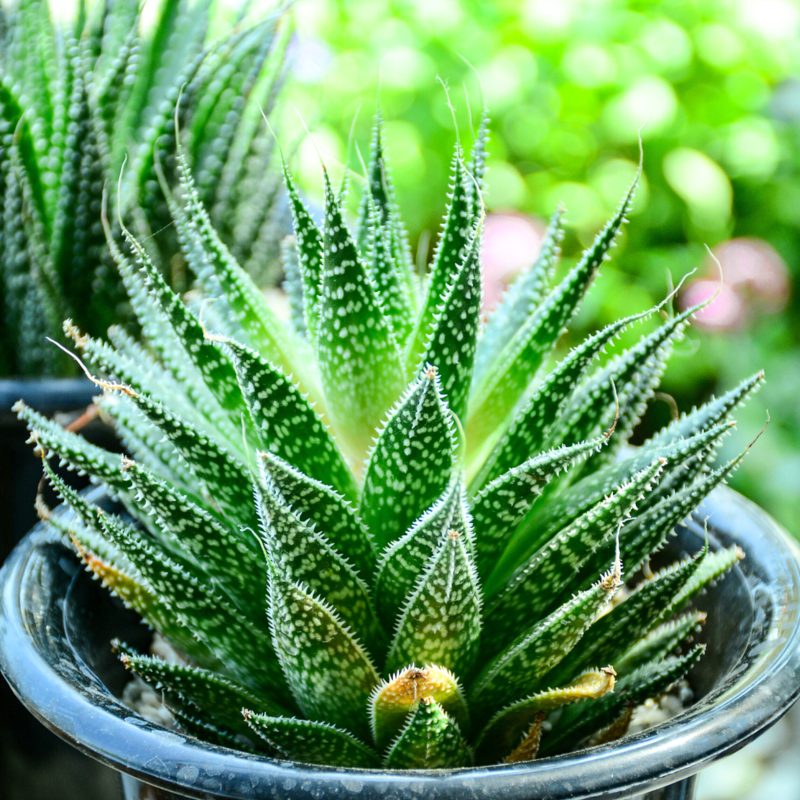
If your succulent doesn’t have enough room in its pot, it won’t receive enough nutrients because it will consume them quickly. On the other hand, if you place an aloe vera plant in a pot that’s too big, the soil will remain wet around the plant because it won’t absorb it all. As a result, the roots will remain in the water and possibly experience root rot — an infection caused by bacteria or fungi.
Aim to repot your aloe vera plant every few years. Check to see if it has roots extending from its drainage holes.
This is a good indication that it needs to be repotted. Typically, though, aloe vera plants like a tight pot. That means you should let it get a bit root bound before repotting it.
Aloe vera can be a beefy plant due to the water they store as a gel.
However, if you’re not watering your plant and giving it adequate sunlight, the leaves may be gangly.
You also must consider the pot you place it in as well as the importance of rotating the pot regularly.





